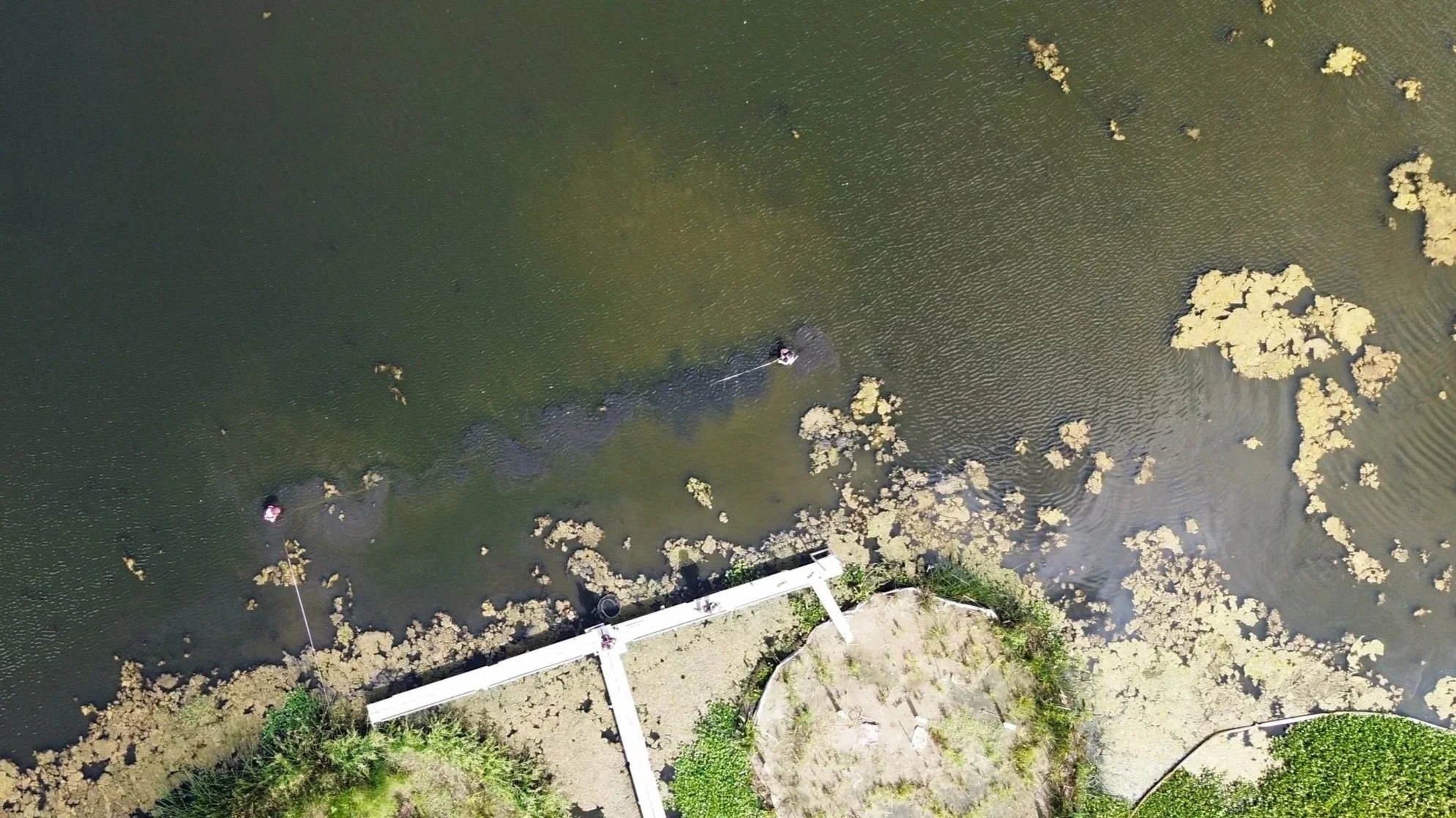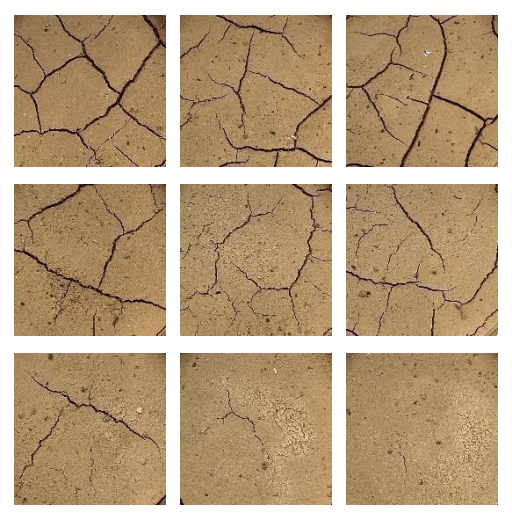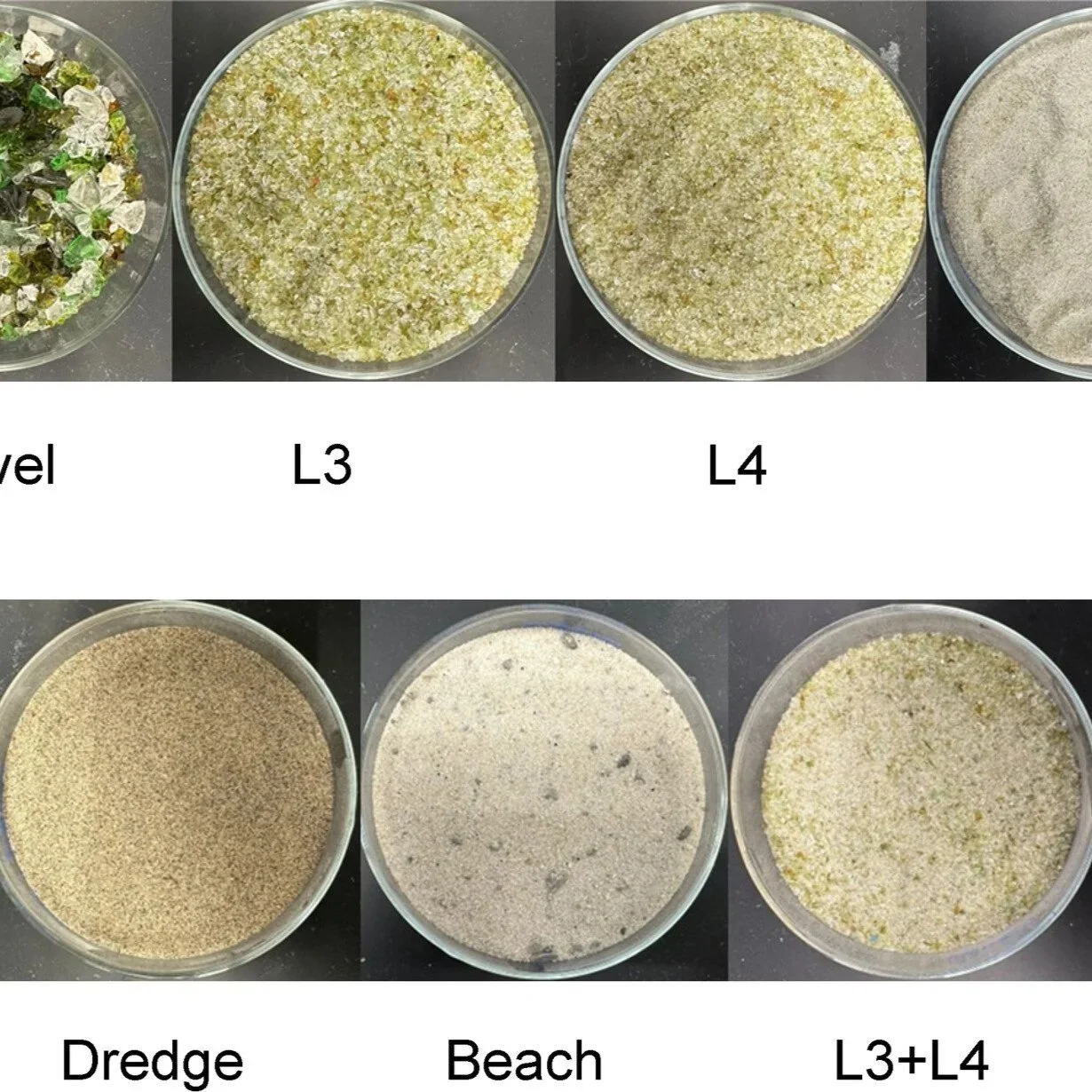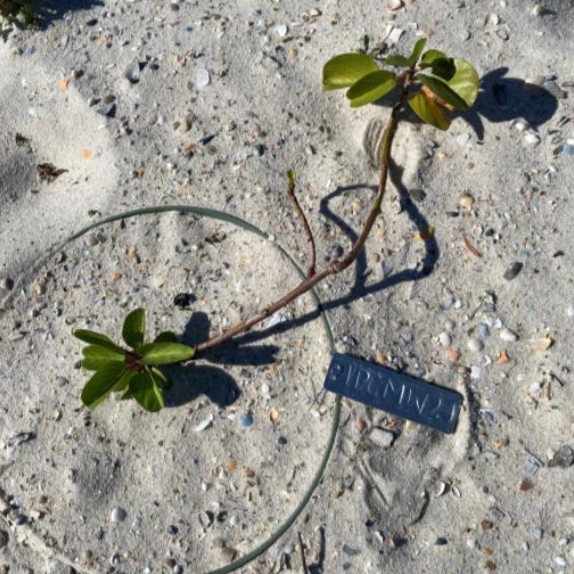
Publications
-

Sustainable Solution on Desiccation Crack Mitigation with Recycled Glass Sand
Drying clay soils often crack, which can damage structures and landscapes. This study found that adding recycled glass sand—especially in fine particles—greatly reduced cracking, though it made the soil slightly weaker. Overall, recycled glass sand shows strong potential as a sustainable way to prevent soil cracking.
-

Characterization and Evaluation of Recycled Glass Sand as Water Filtration Media
Recycled glass can be a cost-effective alternative to traditional sand in water filters. This study found that fine glass particles remove the most contaminants but slow water flow, while larger particles allow faster flow but filter less effectively. A layered system combining different sizes offered the best balance, showing that recycled glass can provide safe, adaptable, and sustainable water filtration.
-

Physical and Chemical Characterization of Recycled Glass Sand for Environmental Restoration
This study compared recycled glass sand with natural sands from the Gulf Coast to see if it’s safe and effective for environmental use. The results show recycled glass sand is mostly silica, free of harmful leaching, and performs similarly to natural sand in properties like density, compaction, and water flow. These findings highlight recycled glass sand as a safe and sustainable option for coastal and environmental restoration.
-

Field‐grown Coastal Dune Plants Exhibit Similar Survival, Growth, and Biomass in Recycled Glass Substrate and Natural Beach Sand
Restoring coastal dunes after storms usually relies on offshore sand dredging, which is costly and damaging to marine ecosystems. This study tested recycled glass sand as an alternative and found that dune plants grew just as well in glass sand as in natural beach sand, with or without added soil microbes. These results suggest recycled glass sand could be a sustainable, low-impact option for rebuilding dunes and protecting coastlines.
-

Growth of Beach-Adapted Plants in Recycled Glass Sand Compared to Natural Beach Sand
Coastal dune restoration after storms often relies on offshore sand dredging, which is expensive and harms marine ecosystems. This study tested recycled glass sand made from crushed bottles and found that common dune plants survived and grew just as well in glass sand as in natural beach sand, even without added soil microbes. The results suggest recycled glass sand could be a sustainable alternative for rebuilding dunes and reducing reliance on dredging.
-

Mesoporous Silica Skin on Clay Nanotubes for Carbon Capture
Capturing carbon dioxide from the air is key to fighting climate change, and amine-based materials are very effective at this. This study developed a new material by coating natural clay nanotubes with a porous silica layer, dramatically increasing the surface area and improving CO2 capture. The result is a more efficient, durable adsorbent that could help make carbon capture technologies more effective.
-

Black Mangrove Growth and Root Architecture in Recycled Glass Sand: Testing a New Substrate for Coastal Restoration
Description goes hereRecycled glass sand could be a sustainable alternative to natural sand for coastal marsh restoration. In greenhouse tests with Black mangroves, glass sand supported plant growth similar to natural sand, though it influenced root structure, which could affect soil stability. Adding live soil microbes improved plant survival, suggesting that combining recycled glass sand with microbial inoculation may help restore coastal habitats effectively.
-

Wetland Plant Growth in Recycled Glass Sand Versus Dredged River Sand: Evaluating a New Resource for Coastal Restoration
Recycled glass sand could be a sustainable supplement to traditional dredged sand for coastal wetland restoration. Experiments showed that many wetland plants can grow well in glass sand or in mixtures with dredged sand, though responses vary by species. These findings suggest that using recycled glass sand could support restoration efforts while conserving natural sediment resources.